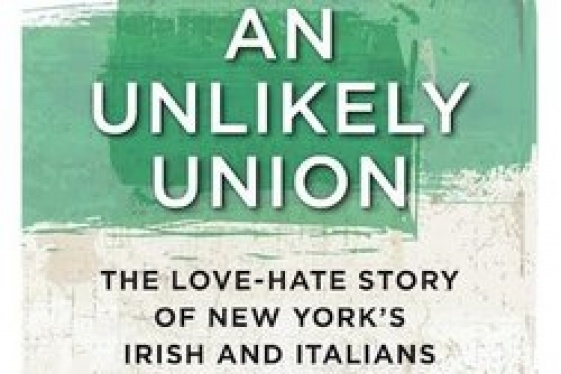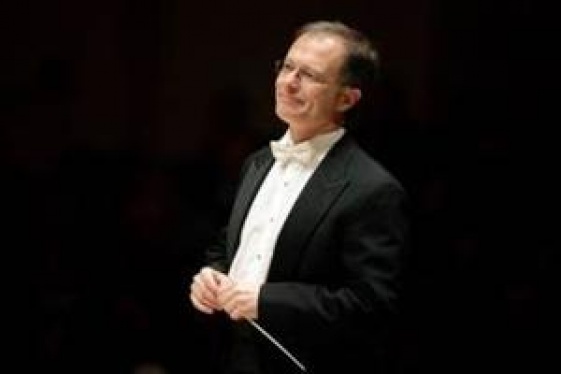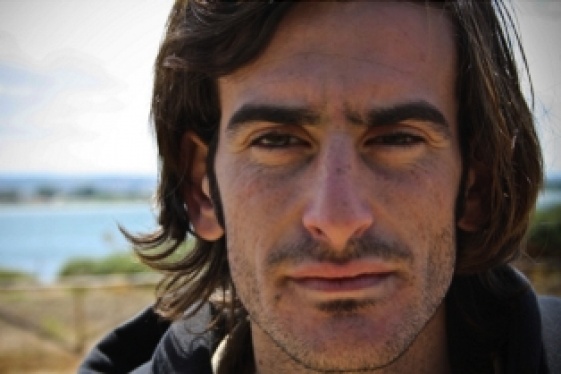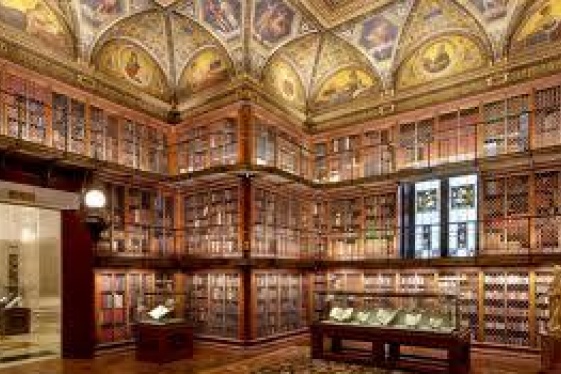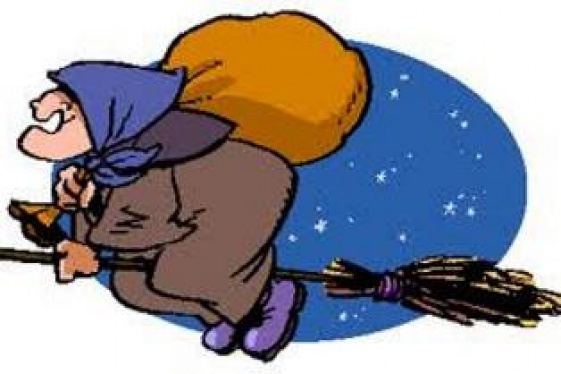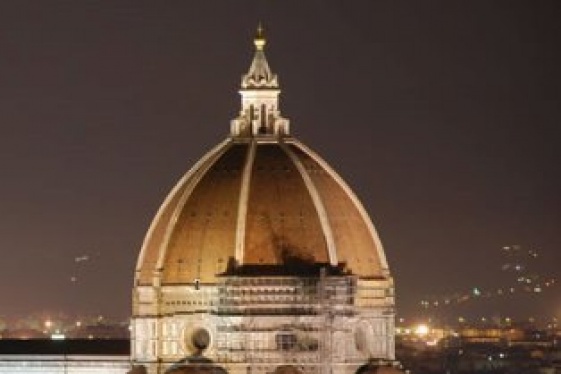
The Medici Family: Art as propaganda - con Eveline Baseggio Omiccioli

Friday, October 8, 6-7pm EST. In Italian - Online & In-person. Collina Italiana - 1556 Third Avenue, Suite 603, New York, NY. This event is in Italian. We need proof of vaccination for in-person participants. For online participants, you will receive the Zoom link after registering. REGISTER HERE
Only very few families in Italy can claim such close ties to a city as the Medici Family does with Florence. Despite a few episodes of exile, this family ruled the Tuscan city from the fifteenth to the eighteenth century. The rise of Florence as the cradle of the Renaissance and a cultural capital coincided with the rise of the Medici’s ambition and power.
The exhibition now on view at the Metropolitan Museum gives us the exceptional opportunity to pear inside one of the most important moments in the Medici Family’s history: the achievement of the much craved “noble” status and the title of dukes. They did so not only by means of political maneuvering, but also through the patronage of the arts, most especially through the use of art as propaganda. As can be seen in a number of arresting portraits now at The Met, it was through works of art that the Medici Family – born as savvy merchants and bankers – literally dressed themselves up in a royal manner.
About the speaker: Eveline Baseggio Omiccioli is a native of Treviso and studied Art History at Ca’ Foscari University in Venice. She received her doctorate in Italian Renaissance and Baroque Art at Rutgers University (NJ) with a dissertation on Venetian Renaissance sculpture. She is currently teaching at the Fashion Institute of Technology in NY where her classes on the History of Western Art & Civilization, Renaissance Art, and Baroque Art draw attention to a global and cross-cultural context. Dr. Baseggio has worked extensively in a number of art museums in NY and NJ, namely the Morgan Library & Museum, The Frick Collection, The Metropolitan Museum of Art, and the Zimmerli Art Museum.
SOURCE: Collina Italiana
You may be interested
-
An Unlikely Union: The love-hate story of Ne...
Award-winning author and Brooklynite Paul Moses is back with a historic yet dazzling sto...
-
Cathedral of St. John the Divine, Oratorio S...
For the first time ever, The Cathedral of St. John the Divine, in collaboration with the O...
-
Davide Gambino è il miglior "Young Italian F...
Si intitola Pietra Pesante, ed è il miglior giovane documentario italiano, a detta della N...
-
Garibaldi-Meucci Museum to Celebrate Ezio Pi...
On Sunday, November 17 at 2 p.m., Nick Dowen will present an hour-long program on the life...
-
Italian Master Drawings From The Morgan (Onl...
The Morgan Library & Museum's collection of Italian old master drawings is one of the...
-
Italian Women Trailblazers - Young Professio...
April 16, thursday - 6,30 EDTAzure - New York, NY - 333 E 91st St, New York 10128Tick...
-
La Befana makes her way to the Garibaldi-Meu...
Saturday, January 10at 2:00pm - 4:00pm, Garibaldi-Meucci Museum 420 Tompkins Ave, Staten I...
-
Lecture and Concert that bring Italy to New...
Saturday, february 28 - 7 pm ESTChrist & Saint Stephen's Church - 120 W 69th St,...



